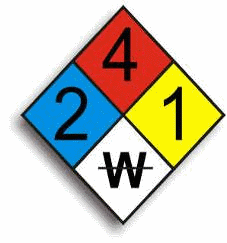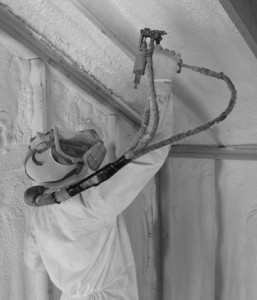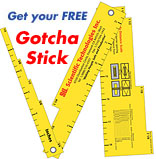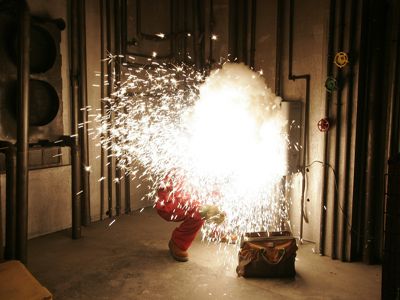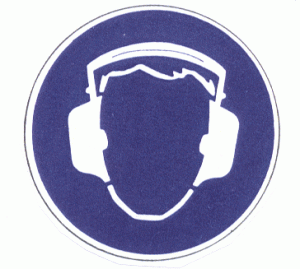Video Replay: OSHA Listens Public Meeting
 On Thursday, March 4, the U.S. Department of Labor’s Occupational Safety and Health Administration (OSHA) held a public meeting, “OSHA Listens,” to solicit comments and suggestions from OSHA stakeholders on key issues facing the agency, including:
On Thursday, March 4, the U.S. Department of Labor’s Occupational Safety and Health Administration (OSHA) held a public meeting, “OSHA Listens,” to solicit comments and suggestions from OSHA stakeholders on key issues facing the agency, including:
- What can the agency do to enhance and encourage the efforts of employers, workers and unions to identify and address workplace hazards?
- What are the most important emerging or unaddressed health and safety issues in the workplace, and what can OSHA do to address these?
- How can the agency improve its efforts to engage stakeholders in programs and initiatives?
- What specific actions can the agency take to enhance the voice of workers in the workplace, particularly workers who are hard to reach, do not have ready access to information about hazards or their rights, or are afraid to exercise their rights?
- Are there additional measures to improve the effectiveness of the agency’s current compliance assistance efforts and the on site consultation program, to ensure that small businesses have the information needed to provide safe workplaces?
- Given the length and difficulty of the current OSHA rulemaking process, and given the need for new standards that will protect workers from unaddressed, inadequately addressed and emerging hazards, are there policies and procedures that will decrease the time to issue final standards so that OSHA may implement needed protections in a timely manner?
- As we continue to progress through a new information age vastly different from the environment in which OSHA was created, what new mechanisms or tools can the agency use to more effectively reach high risk employees and employers with training, education and outreach? What is OSHA doing now that may no longer be necessary?
- Are there indicators, other than worksite injuries and illness logs, that OSHA can use to enhance resource targeting?
- In the late 1980s, OSHA and its stakeholders worked together to update the Permissible Exposure Limits (PELs) (exposure limits for hazardous substances; most adopted in 1971), but the effort was unsuccessful. Should updating the PELs be a priority for the agency? Are there suggestions for ways to update the PELs, or other ways to control workplace chemical exposures?
Video replays of this event are available below: (more…)

